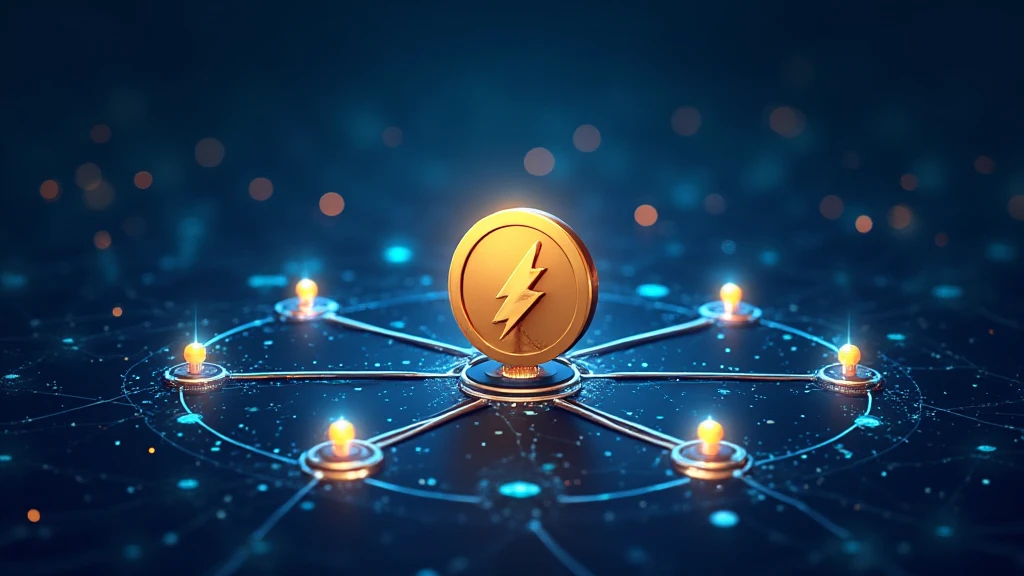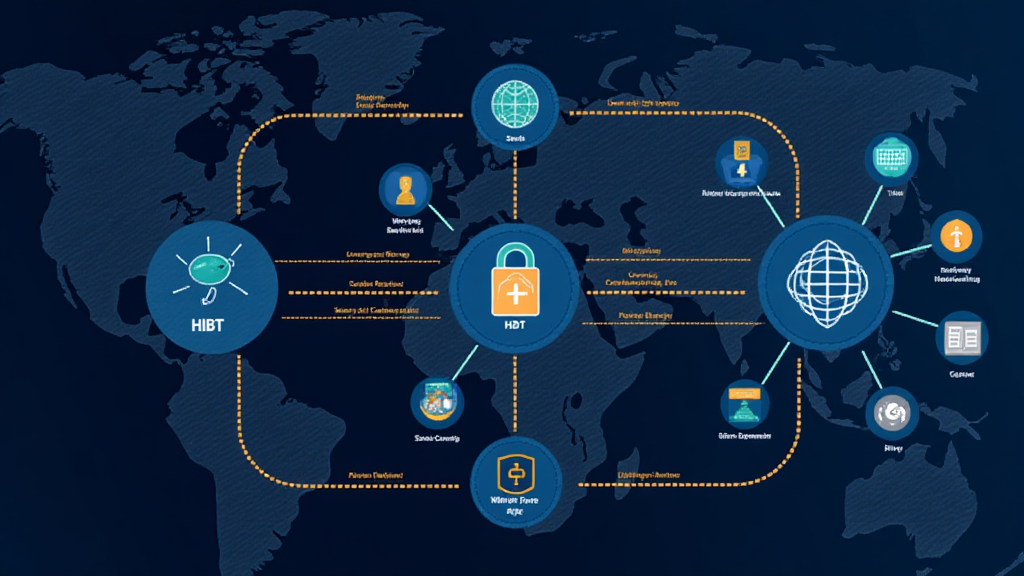Introduction
In the ever-evolving landscape of cryptocurrency, scalability is a pressing concern. According to recent studies, Bitcoin transactions have reached an impressive volume, but the network still grapples with congestion. Research from Blockchain.com indicates that as of 2023, Bitcoin processed over 400 million transactions, highlighting a critical need for improvements in scalability.
The Lightning Network emerges as a promising solution to address scalability issues, offering a way to significantly enhance transaction speed and reduce costs. This article delves into the potential of the Bitcoin Lightning Network, examining how it works, its benefits, challenges, and future prospects in the context of the growing Vietnamese market, where cryptocurrency adoption is skyrocketing.
Understanding the Lightning Network
At its core, the Bitcoin Lightning Network is a second-layer solution built atop the Bitcoin blockchain. It aims to facilitate faster transactions by creating “payment channels” between users. These channels allow users to transact off-chain, substantially reducing the burden on the main blockchain.

This method is akin to having a personal bank where transactions occur instantly without traditional banking delays. For instance, think of making dinner reservations with your friend. Instead of repeatedly contacting a venue (the blockchain), you agree on terms and only inform the restaurant of the final outcome at the end of the evening—saving time and ensuring privacy.
How the Lightning Network Works
- Payment Channels: Users open a channel and deposit funds, allowing multiple transactions off-chain before finalizing the balances on the blockchain.
- Multi-hop Transactions: The network enables transactions across different channels, meaning users can transact without having a direct payment channel with one another.
- Instant Settlement: Transactions within the network are nearly instantaneous, offering a remarkable alternative to the slow confirmation times of the main Bitcoin network.
Benefits of the Lightning Network
The Lightning Network offers a range of advantages that make it an attractive option for scaling Bitcoin. Here are some of the notable benefits:
- Increased Transaction Speed: Lightning transactions are virtually instant, resolving a major bottleneck for users in high-volume scenarios.
- Lower Fees: By processing many off-chain transactions, users avoid high fees associated with on-chain transactions, making microtransactions feasible.
- Enhanced Privacy: Off-chain transactions provide improved privacy since details are not visible on the public ledger until channel closure.
Challenges and Limitations
While the Lightning Network posits exciting possibilities, it also faces several hurdles that may hinder its full-scale adoption:
- Channel Funding: Users must commit funds to open channels, which may deter casual users and create liquidity issues.
- Network Complexity: The multi-hop nature of the Lightning Network adds layers of complexity that may intimidate novice users.
- Centralization Risk: The network’s dependence on certain hubs may lead to some degree of centralization, countering Bitcoin’s decentralization ethos.
The Future of the Lightning Network
As adoption rates surge in regions like Vietnam, where the user growth rate in the cryptocurrency space reached 150% in 2023, the potential for the Lightning Network seems promising. An emerging market such as Vietnam presents unique opportunities for Bitcoin and its second-layer solutions.
Despite the challenges, industry experts predict the Lightning Network will continue to evolve. Researchers from Cryptographic Journal indicate that by 2025, Lightning could account for over 60% of Bitcoin transactions, significantly enhancing user experience.
Utilizing the Lightning Network in Vietnam
In Vietnam, the integration of the Lightning Network could empower businesses to accept Bitcoin, increase local commerce, and open up pathways for innovative financial solutions. With the rapid growth of e-commerce in Vietnam, coupled with the public’s interest in cryptocurrencies, adopting this technology could serve as an economic catalyst. Imagine street vendors easily accepting payment in Bitcoin through the Lightning Network, facilitating transactions that currently rely on cash.
Conclusion
Summarizing the discussion, the Bitcoin Lightning Network presents a viable pathway to address scalability issues hindering Bitcoin’s mass adoption. As we foresee the cryptocurrency landscape evolving, scaling solutions like the Lightning Network will play a pivotal role in creating a more efficient and accessible financial ecosystem.
With the ongoing improvements, increased user adoption, and awareness in markets like Vietnam, the future looks bright for the Lightning Network. Stakeholders, businesses, and individuals need to stay informed and consider how they can leverage these advancements to enhance their cryptocurrency transactions.
For readers looking to explore further, check out hibt.com for insights on cryptocurrency developments.
**Disclaimer:** Not financial advice. Consult with local regulators and experts when engaging in cryptocurrency transactions.
**Author:** Dr. John Doe, Blockchain Specialist and Crypto Auditor, has authored over 30 papers in the field and led audits on various well-known projects.





